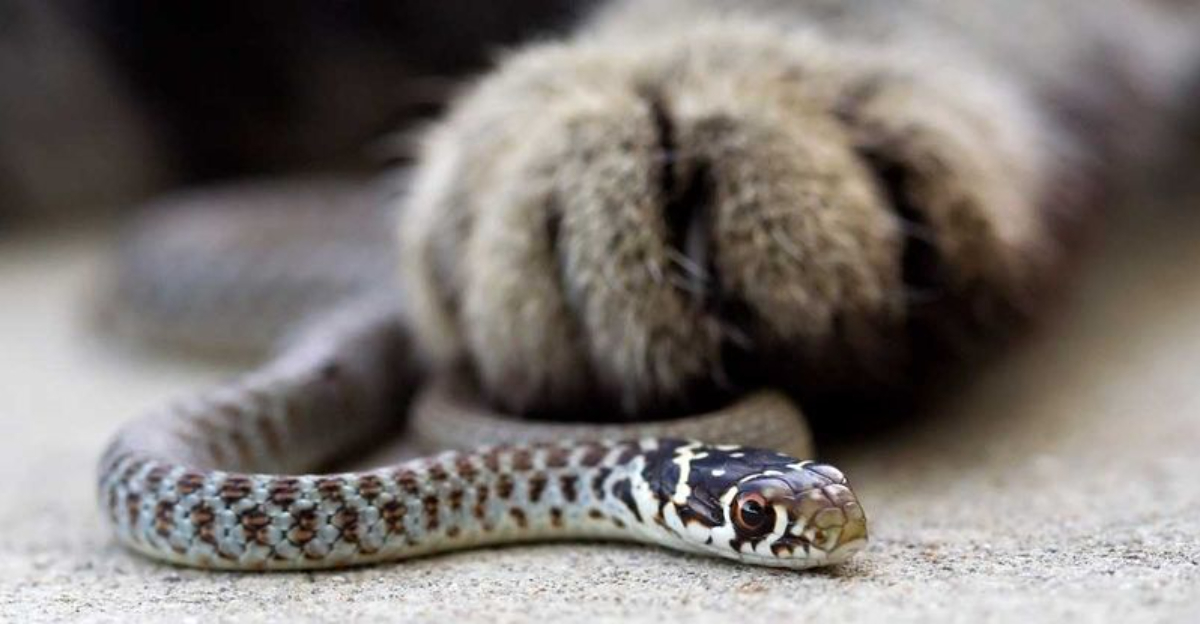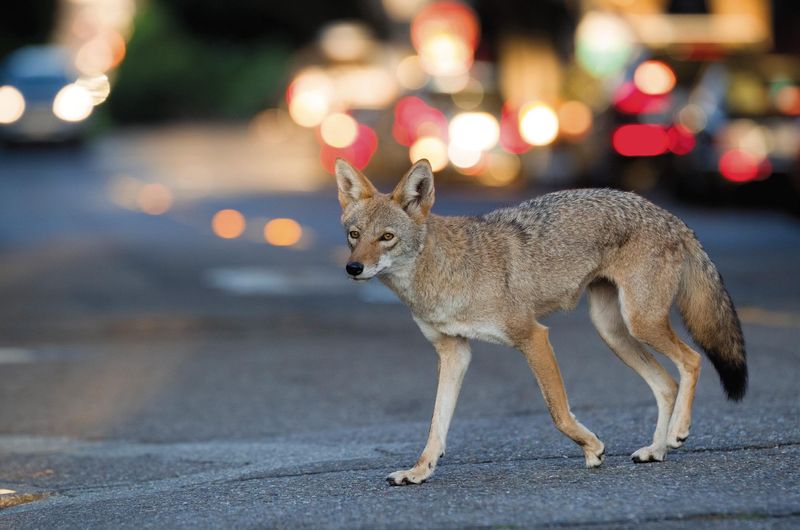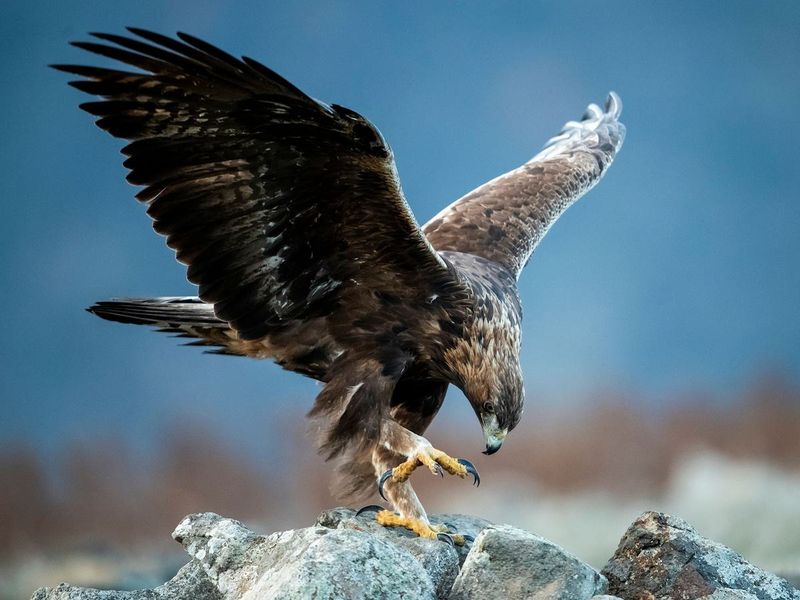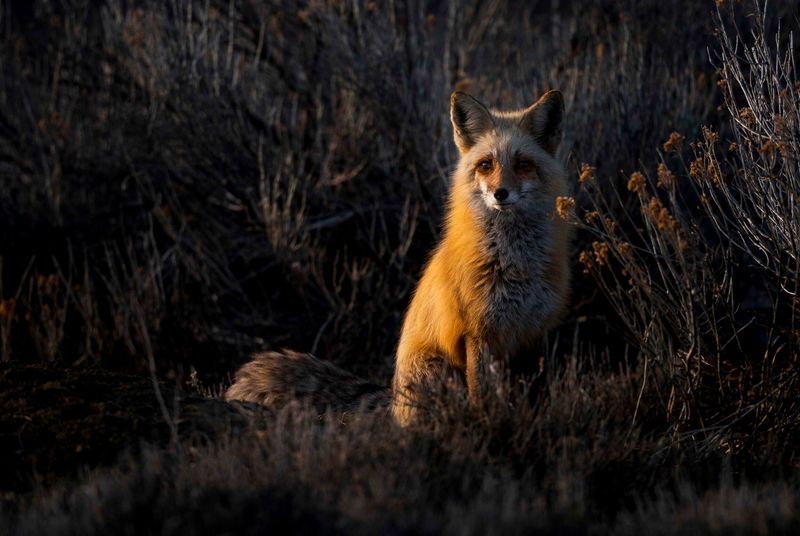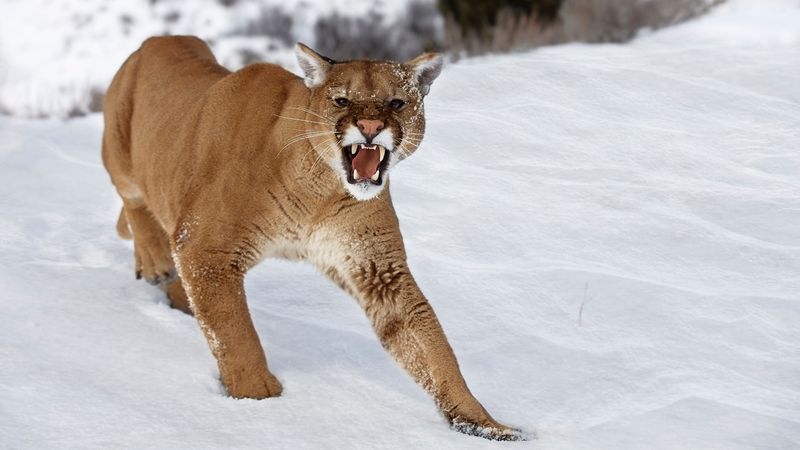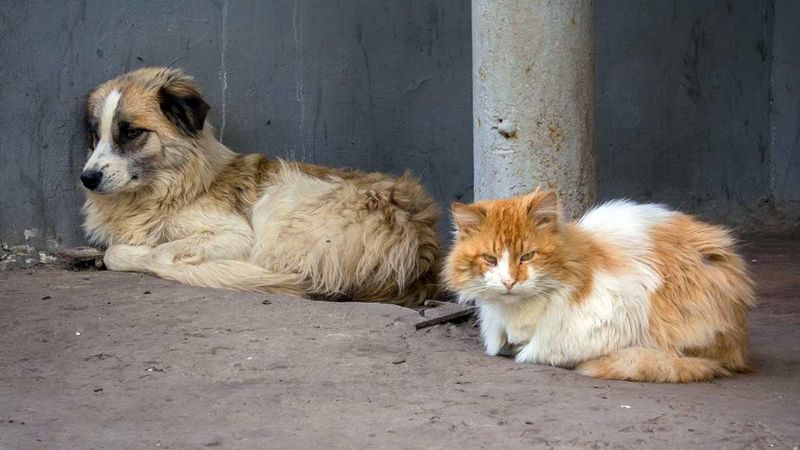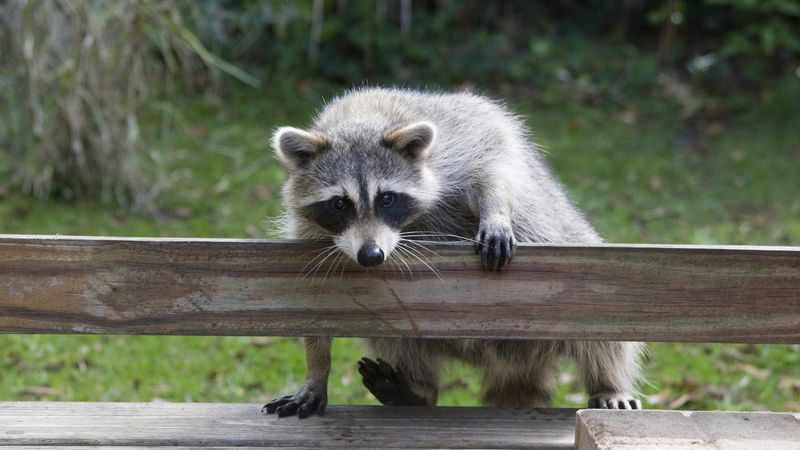📖 Table of Content:
Cats, though often perceived as stealthy and capable hunters, are not always at the top of the food chain. Whether they roam freely outdoors or live in semi-rural areas, domestic cats can encounter a surprising number of dangers in the wild. While they may be quick, agile, and alert, their size and curious nature can put them in harm’s way when crossing paths with larger, more powerful predators.
Nature is filled with formidable creatures that can easily overpower a domestic feline. These wild animals may see cats as prey, competition, or simply a nuisance to be eliminated. From the skies to the ground—and even the water—threats come in many forms, and cat owners should be aware of these dangers to keep their pets safe.
Understanding which animals pose a real risk to cats is the first step in prevention. In this article, we’ll explore ten dangerous wild animals that are known to threaten domestic cats, either through predation or direct conflict. Some of these predators may be more common than you think, and their presence can spell disaster for an unsupervised pet. Here’s what you need to know about each of them, how they pose a threat, and how to protect your feline friend from these lurking dangers.
1. Coyotes
Found in both rural and suburban environments, coyotes are opportunistic predators known to prey on small animals, including cats. These wild canines are most active during dawn and dusk but are increasingly becoming more nocturnal in populated areas. Their agility and speed make them particularly dangerous, as they can easily outpace a cat in a chase. Often traveling alone or in pairs, coyotes are capable of silently stalking and ambushing unsuspecting pets. Unlike other wild animals, they’ve adapted remarkably well to human development, making them frequent visitors to backyards and neighborhoods. Reports of missing or injured cats in coyote-active areas are unfortunately common. To reduce risk, cat owners should avoid letting pets roam outdoors during twilight hours and consider coyote-proof fencing where possible.
2. Eagles and Large Birds of Prey
Soaring silently through the sky, eagles and other large raptors like hawks and owls can pose a significant threat to small pets. These birds have exceptional vision, allowing them to spot a cat from great distances before swooping in for the kill. Talons strong enough to lift rabbits or small dogs mean a lightweight cat is certainly vulnerable. Cats that lounge or hunt in open spaces are especially at risk from aerial attacks. Notably, birds of prey tend to strike quickly and with precision, often giving little warning of their presence. Urban sprawl into once-remote nesting territories has only increased encounters between these birds and domestic animals. Shielding yards with overhead netting or supervising outdoor time can help mitigate this high-flying hazard.
3. Snakes
Lurking in tall grasses, rock crevices, and garden mulch, snakes can be both stealthy and lethal predators. Many venomous species—including rattlesnakes and copperheads—will strike if they feel threatened or cornered by a curious cat. Cats are naturally inquisitive and may not recognize a snake as dangerous, especially if it’s camouflaged. Even non-venomous snakes can inflict serious injuries with constriction or repeated bites. Regions with warmer climates tend to see higher incidences of snake encounters, particularly during the spring and summer. Symptoms of a snakebite can appear rapidly and may be fatal without immediate veterinary care. To prevent encounters, it’s wise to keep lawns trimmed and eliminate cluttered outdoor spaces that snakes could use for shelter.
4. Wolves
Though less commonly found near urban centers, wolves can still present a threat in remote or wilderness-adjacent areas. Their strong territorial instincts may drive them to eliminate unfamiliar animals like domestic cats. Typically, wolves won’t seek out cats as primary prey, but they won’t hesitate to attack if an opportunity arises. Pack hunting behaviors give wolves a significant advantage over solitary animals. Cats venturing too far into forested or mountainous regions are especially vulnerable. Unlike coyotes, wolves tend to avoid heavily populated human areas, but expanding development continues to encroach on their habitats. If you live near wolf country, it’s best to keep cats indoors or supervise them during outdoor excursions.
5. Foxes
Sly and agile, foxes are often underestimated as a threat to cats due to their smaller size. While they may prefer easier meals like rodents or birds, foxes have been known to attack kittens or weakened adult cats. Their tendency to scavenge and explore neighborhoods in the early morning or late evening increases the chances of a cat-fox encounter. In some cases, foxes may simply view cats as competition for territory or food. Because they can slip through small gaps in fences or hedges, keeping them out can be challenging. Foxes are generally elusive and will avoid confrontation, but that doesn’t mean they’re harmless. Ensuring your cat is indoors during twilight hours is the safest strategy.
6. Large Wild Cats
Powerful and stealthy, large wild cats like bobcats, mountain lions, and lynxes are apex predators that can easily overpower a domestic cat. These felines are territorial and may see a housecat as an intruder or a snack. Although they are more common in rural or mountainous regions, habitat loss is pushing them closer to human developments. Their excellent camouflage and stalking skills mean a cat may never see them coming. Encounters typically occur near forested areas or along greenbelts that provide cover. Unlike other predators, these wild cats often hunt silently and strike with lethal precision. Pet owners in high-risk areas should install motion-sensor lighting and keep cats indoors at night.
7. Dogs (Feral or Unrestrained)
Domesticated but not always harmless, some dogs—especially those with strong prey drives—pose a serious threat to cats. Breeds used for hunting or guarding may chase or attack unfamiliar animals on sight. Stray or feral dogs, untrained pets, or even neighbor’s dogs can become unpredictable in certain situations. Cats that enter a dog’s territory may trigger aggressive behavior rooted in instinct. Injuries from a dog attack can be severe, ranging from puncture wounds to internal trauma. Even well-meaning pet owners sometimes underestimate how quickly a peaceful scene can turn violent. Supervising interactions and securing boundaries between cats and dogs is essential for coexistence.
8. Raccoons
Often seen as mischievous scavengers, raccoons can be surprisingly aggressive when cornered or defending their young. Though they may not actively hunt cats, conflicts can arise over food, territory, or nesting spots. With sharp claws and a strong bite, raccoons can easily injure a cat in a brawl. Additionally, raccoons are known carriers of rabies and other diseases, making even minor encounters risky. These nocturnal creatures thrive in urban settings and are not deterred by fences or garbage lids. Cats that are fed outdoors or wander near raccoon dens are particularly vulnerable. To avoid incidents, remove outdoor food sources and secure crawlspaces or attics from raccoon entry.
9. Crocodiles and Alligators
In regions like the American South, crocodiles and alligators present a very real and often underestimated threat to outdoor pets. These reptiles may seem sluggish, but their explosive speed in water and over short distances makes them lethal ambush predators. Cats drawn to water features or fishponds may unknowingly enter a gator’s strike zone. Once targeted, escape is nearly impossible due to the predator’s power and grip. Unlike mammals, reptiles offer little behavioral warning before attacking. Encounters are more common near swamps, lakes, or marshy yards that provide hunting grounds. To stay safe, pet owners in such areas should restrict animal access to any water bodies.
10. Humans (Indirect Threat)
Surprisingly, one of the most dangerous threats to cats doesn’t walk on four legs—it walks on two. Human beings, whether through negligence, malice, or misunderstanding, can inflict serious harm on cats. Intentional cruelty, poisoning, abandonment, or vehicular accidents all contribute to high mortality rates for outdoor cats. Even well-intentioned actions like feeding wildlife or using pest control substances can inadvertently harm feline companions. Urban environments often present the highest risks, with roads, strangers, and toxins all in close proximity. Unlike wild predators, human threats are harder to predict and prevent. The best defense remains a secure home, responsible ownership, and community awareness.
